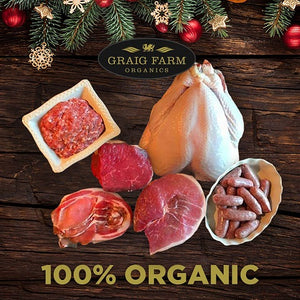The History of London Gin

Gin & Tonic has long been considered the most sophisticated of tipples, with its origins during the British Raj rule in India, the G&T is a common site at garden parties and enjoyed by people who play tennis and eat cucumber sandwiches… but Gin has also played a darker part in British history. We are of course referring to the 18th century Gin Craze.
We read today about lager louts and those people who go crazy every weekend, smashing high streets up all around the UK, fuelled by cheap bottles of booze. It is worth remembering that binge drinking is far from new, 18th century London suffered terribly, but the people weren’t fuelled by cheap bottles of booze, they were fuelled by Gin.
Gin meant that many people in poverty ridden London found an escape from the misery of their everyday lives. During the early 1730’s it is thought that around 10 million gallons of Gin were been produced each year, which equates to the average Londoner drinking a staggering half a pint a day, a figure which equates to 14 gallons per person annually. This Gin wasn’t your usual strength either; it was an incredible 60% proof.
The effects of this consumption were unsurprisingly massive. Gin was seen as the source of all the evils on the streets, prostitution, rape, poverty, violence and early death rates. As public outcry grew and the rich became ever disgusted with the poor, the 1736 gin act was introduced. The act hit out at the Gin industry in a number of ways, it raised licence fees for any retailers, fined those who distilled their own and rewarded any informers. As with American prohibition in the 1920’s Gin went underground and a whole new level of dangerous gin was produced, illegally sold and unregulated, it often contained turpentine or Sulphuric acid.
Another Gin act was introduced in 1751; this act lowered the licencing fee and made ensured distillers only sold to reputable gin stockists. A downturn in the economy and less spendable income meant that wages were shifted onto the necessities in life and away from alcohol; by 1757 the gin craze was in heavy decline.
Gin returned to popularity in an altogether more civilised way during the early 19th century. The Gin palace. The arrival of such palaces transformed how spirits were drank; they suddenly became made into more palatable beverages, away from the pure gin of the 18th century. These lavish bars were based on new fashionable shops popping up during this period. Today the UK is now largest Gin exported of the world, so Gin really has been the drink of the poor and the drink of the rich.
Here at Craig farm, we also like to add to history, which is why we stock the world’s first Organic Gin… A Gin containing Organic Juniper berries, Organic Coriander, Organic Angela Root and Organic Savory. A Gin so smooth and aromatic, that many of our customers drink it neat. We personally prefer to chill some tonic, crush ice in a glass, Juniper Green Gin about a third up the glass, place slices of lemon and lime in the glass and top up with tonic. Crisp, perfect refreshment with not a hint of turpentine or acid!
- Tags: Food News
- Graig Farm






